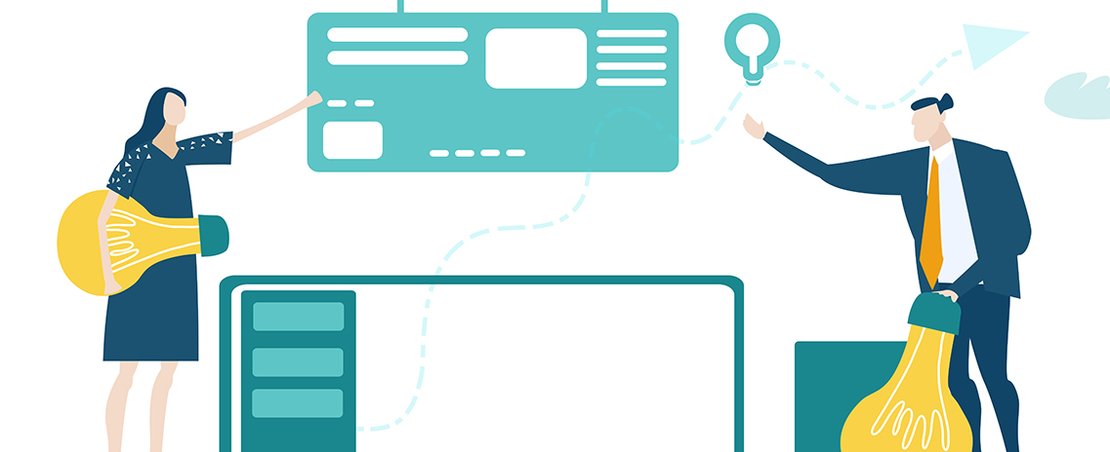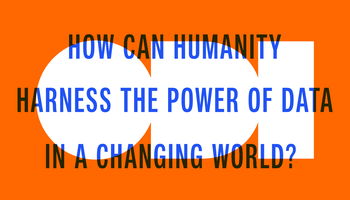
Ahead of their talks at the Service Design Fringe Festival on 25 October, Miranda Marcus, R&D Programme Manager from the Open Data Institute and Laura Morrison, Service Designer at FutureGov, explore the role of communication in culture change to bring clarity and direction to service design
How better internal communication can improve service design
By Laura Morrison, Service Designer at FutureGov
When facing 21st-century challenges, organisations have to fundamentally change how they work and operate. But that change, even when ambitiously aiming to explore radical ways to improve outcomes, can be hard in and of itself. We all know that change is hard and if the organisation has a closed culture, it can leave staff at all levels feeling a high level of uncertainty and resistance to change.
Many organisations are becoming more comfortable with service design and user research as they work towards becoming 21st-century organisations. But one of our biggest challenges is implementing design interventions or ‘changes’ within organisations whose culture isn’t ready. It’s supporting that cultural change that’s pivotal to the success of any transformation.
Internal communications teams have a unique ability to influence organisational culture. When used effectively, these channels are a source of empowerment, sharing stories and giving ownership back to the people who are making change happen - the employees. As service designers, we’re communicators by nature. We make sense of complex information by asking questions, listening to stories and sharing with our teams. Communicating helps us work in the open and bring others along the journey. It’s this approach to open communication and storytelling that can be hugely beneficial to comms team who are trying to support an organisation through change.
We have an opportunity to work closely with internal communications teams, using human-centred design methodologies to take an interest in people’s deeply rooted emotions and needs. By shaping effective internal communications strategies with clear, timely, engaging and open communications, comms teams can relieve anxiety and boost a positive, collaborative and engaged employee culture. In turn, readiness for change permeates across the organisation, making it easier to implement sustainable solutions.
How visual design can boost your service design
By Miranda Marcus, R&D Programme Manager at the Open Data Institute
According to researchers from the Massachusetts Institute of Technology, the human brain can process entire images in as little as 13 milliseconds. We also know that visuals are processed 60,000 times faster in the brain than text. If you want to make something accessible, better make it graphic.
At the Open Data Institute (ODI) we are the lucky custodians of an exceptionally simple, striking, bold brand and visual identity, courtesy of Philpott Design. Many of us consume infographics and data visualisations on a daily basis, while we scroll through our newsfeeds over breakfast. However, it is rare for design and data to converge in the wider world of policy and data governance. But through the strength of our brand – and the quality of our design – the ODI team is engaging people in the sometimes complex world of data in accessible ways. In the words of Adrian Philpott, Director at Philpott Design: ‘Ideas need to be understood in order to be adopted, so every communication needs to be quick to digest and memorable.’
We have recently launched our new Data and Public Services Toolkit, a practical advocacy tool for service designers and service managers in local authorities – helping them redesign public services with data. The toolkit has been designed for people with no technical background and includes our Data Ethics Canvas, to identify and manage ethical issues in a data project. It also includes our Data Ecosystem Mapping tool to identify the data, people, communities and organisations involved in creating a data-driven service. The Data and Public Services Business Case Canvas helps people develop a business case for a data-enabled public service.
The new toolkit shows how well-designed, practical tools can bring people together to discuss opportunities and make better decisions. If you haven’t already seen it, please check out the toolkit online and see how it can help your work.
These are great examples of how clever visual design and strong internal communications can facilitate conversations, turn conceptual notions into practical action and enable information sharing in clear, engaging and accessible ways. These two communications disciplines, used effectively, can both drive culture change within local authorities leading to new and better service design. Catch Miranda Marcus and Laura Morrison at the Service Design Fringe Festival on 25 October 2019.
